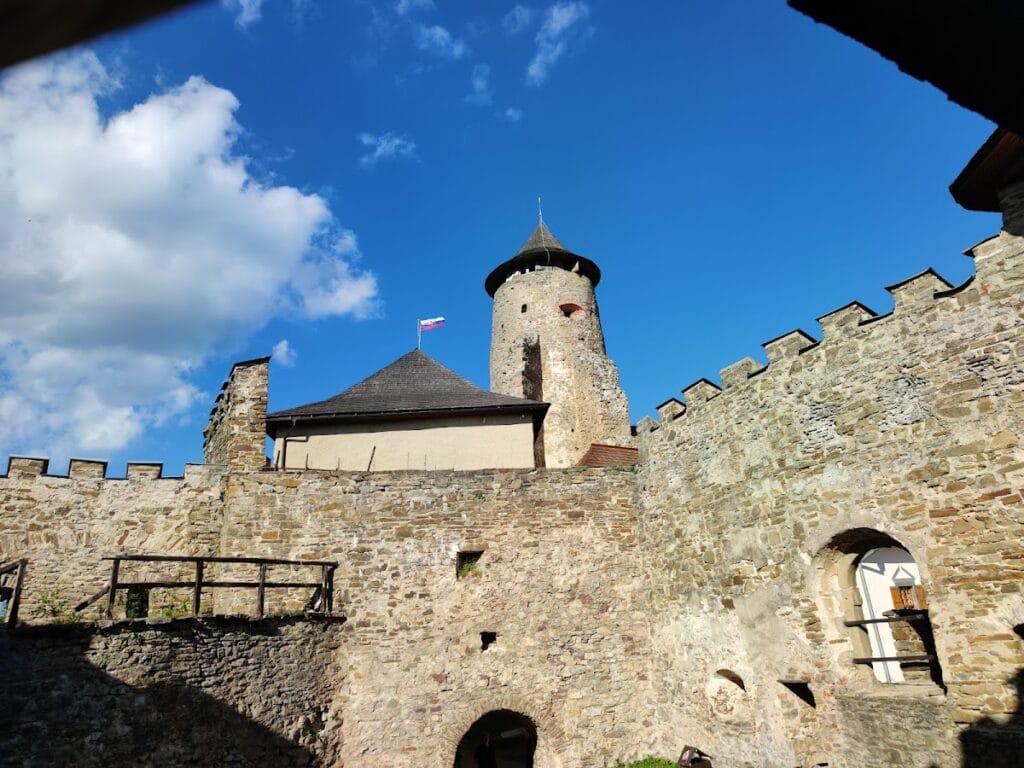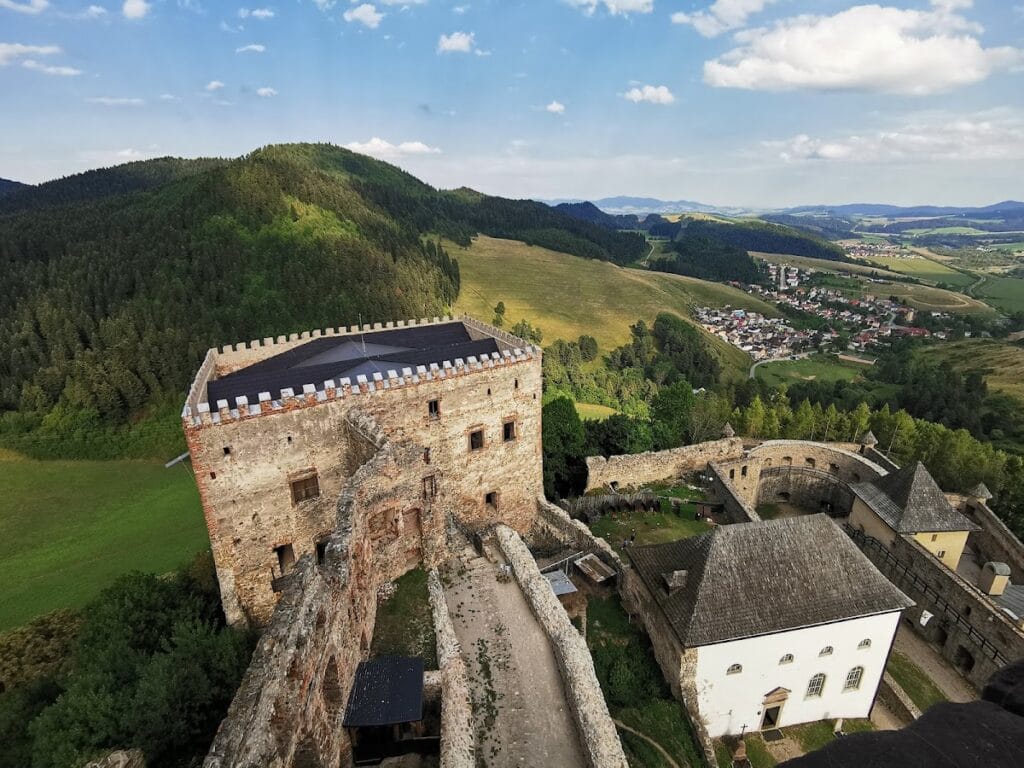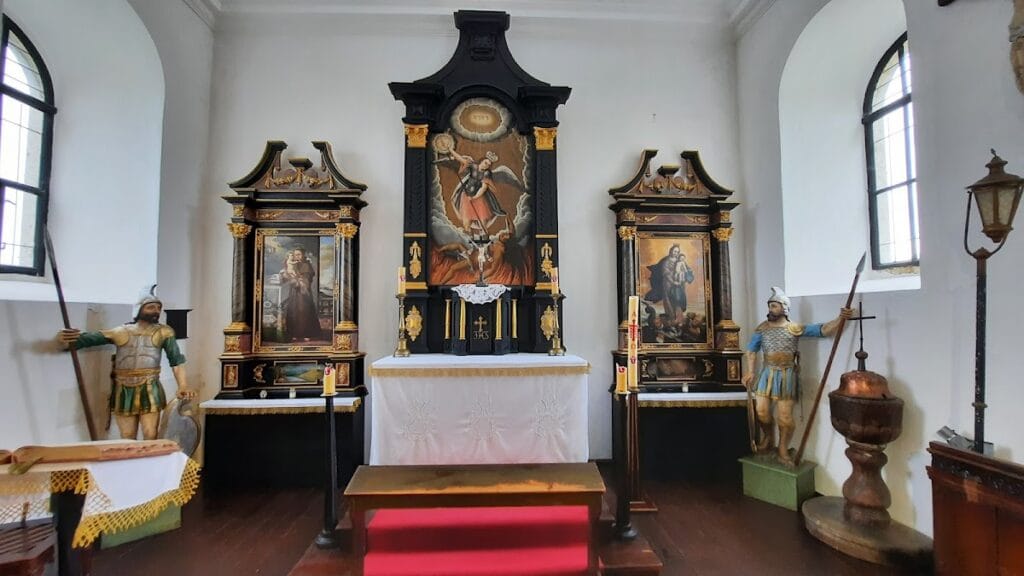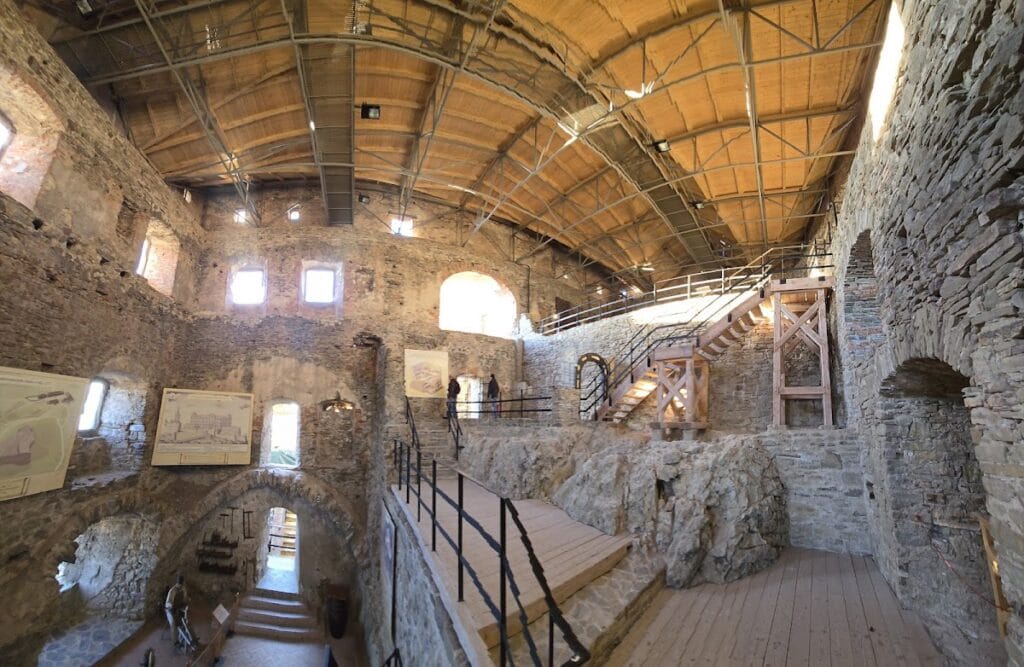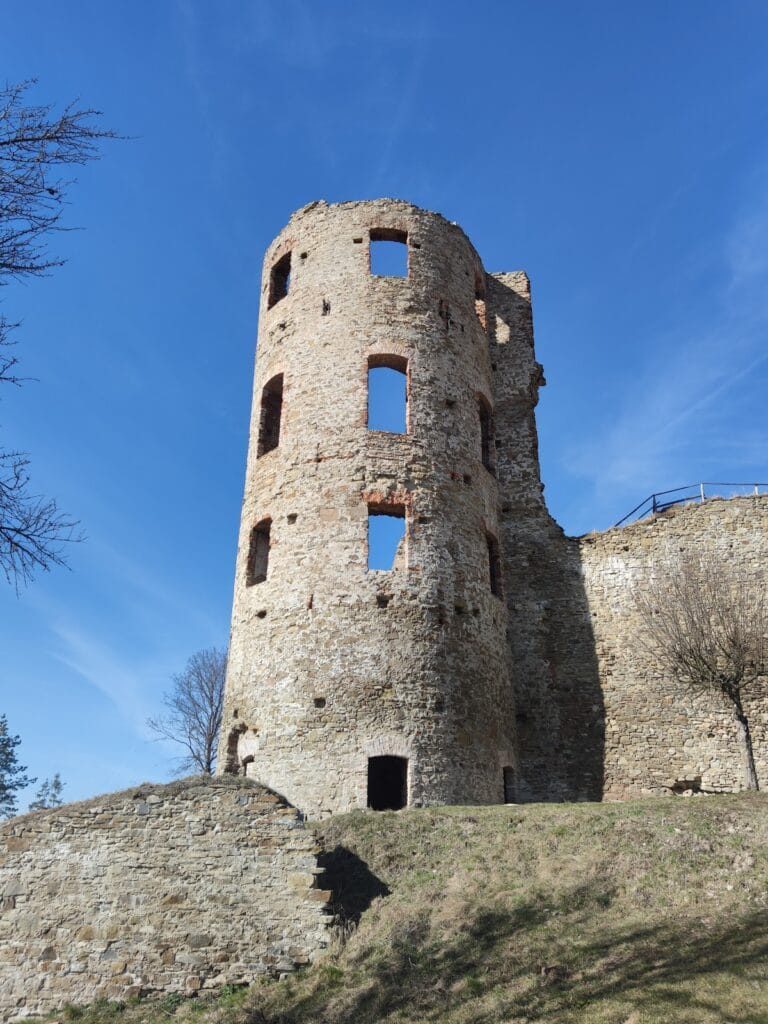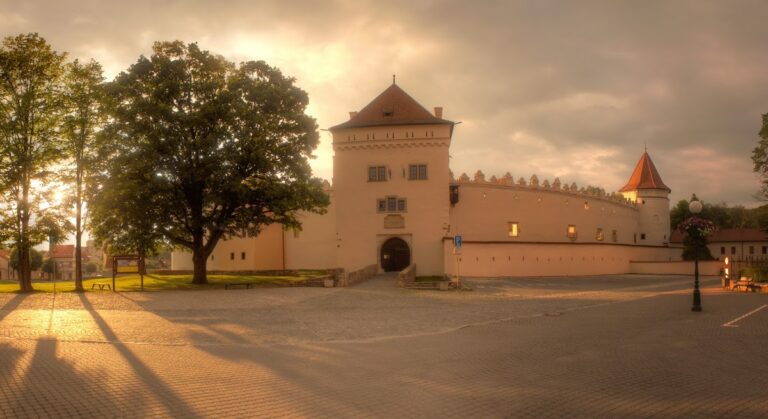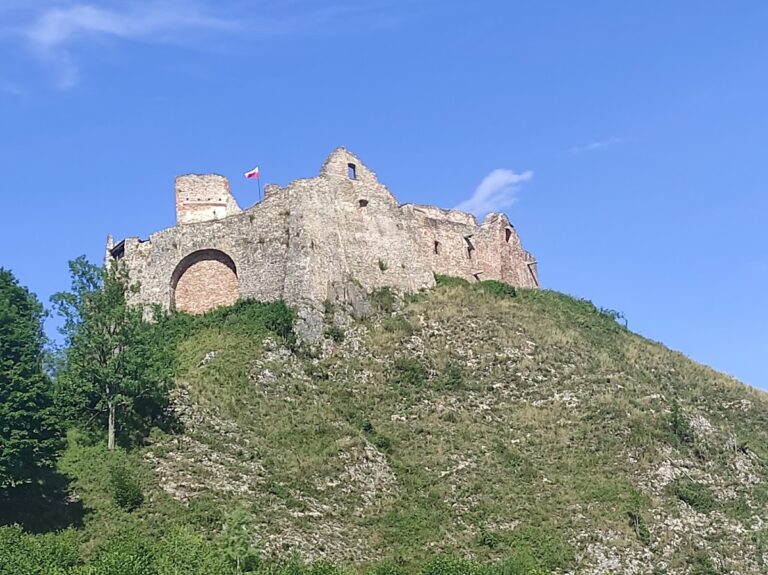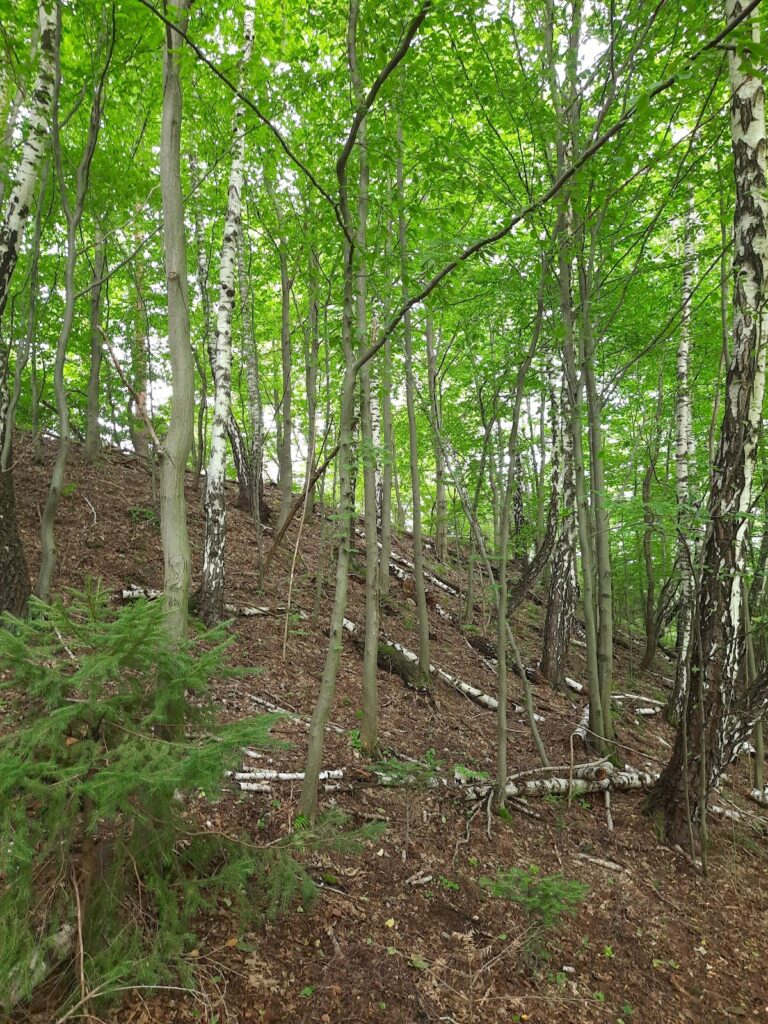Ľubovňa Castle: A Historic Border Fortress in Slovakia
Visitor Information
Google Rating: 4.8
Popularity: Medium
Google Maps: View on Google Maps
Official Website: www.hradlubovna.sk
Country: Slovakia
Civilization: Medieval European
Remains: Military
History
Ľubovňa Castle is located in the town of Stará Ľubovňa in present-day Slovakia. It was built by the medieval Kingdom of Hungary in the late 13th or early 14th century to serve as a border fortress protecting important trade routes leading to the Kingdom of Poland and to secure the northern boundaries of Hungarian territory.
The castle’s foundation is attributed either to the Polish prince Bolesław, who was married to Kunigunda, daughter of Hungarian King Béla IV, around 1280, or to King Andrew III of Hungary, who is recorded as commissioning it in 1294. Initially, the fortress comprised a circular tower and a Gothic palace, with early expansion in the 14th century adding an eastern palace. After 1301, ownership of Ľubovňa Castle passed to the powerful Aba noble family. In 1312, the fortress was captured by Charles Robert of Anjou and subsequently came under the control of the Omodej and Drugeth families. The crown reclaimed ownership in 1410.
A defining episode occurred in 1412 when the castle, along with thirteen nearby Spiš towns, was pawned to Poland for a sum of 37,000 Prague groschen. Although the territory remained under Hungarian sovereignty on paper, Poland exercised economic control over the area until the First Partition of Poland in 1772. During the 15th century Hussite wars, the castle sustained damage, and a significant fire in 1553 nearly destroyed it. Reconstruction followed swiftly, incorporating Renaissance-style fortifications and residential enhancements completed by 1557.
From 1591 until 1745, the noble Lubomirski family of Poland owned the castle, during which time they undertook further expansions. Notably, Ľubovňa Castle served as a secure location for the Polish crown jewels from 1655 to 1661, safeguarding them amidst the turmoil of the Swedish invasion of Poland. After the First Partition in 1772, the fortress returned formally to Hungarian administration but slowly fell into decline. In subsequent years, it was used for military barracks and storage before being sold into noble private hands during the 19th century.
The 20th century brought nationalization of the site. It functioned as a school for a period before archaeologists began systematic research and restoration efforts starting in the 1970s. Since 1966, Ľubovňa Castle has operated as a museum showcasing its historical heritage.
Remains
Ľubovňa Castle occupies a strategic limestone hill rising 548 meters above sea level, overlooking the town of Stará Ľubovňa and the valley of the Poprad River. The castle complex is organized into three terraced courtyards descending along the hillside, revealing an evolution of construction styles from medieval to Renaissance and Baroque periods.
The oldest surviving structure is a massive circular tower reinforced by sturdy buttresses, serving as a defensive stronghold. Adjacent to this tower stands a Gothic palace, which, along with the tower, creates the upper castle’s inner courtyard. The palace preserves elements from the Renaissance period, such as attic remains, window frames, and cornices that highlight the architectural shifts during its reconstruction. Surrounding these early buildings, an original defensive wall included a main gate forming the castle’s first line of defence.
Further down the slope lies the second courtyard, accessed through a gatehouse protected by two cannon bastions: a large eastern bastion and a western heart-shaped bastion positioned below the gate. These bastions exemplify Renaissance military architecture designed to withstand artillery attacks. On the eastern side of the castle, additional palaces were added in later phases, expanding the residential and administrative areas.
The third, lowest courtyard is guarded by the 1664 gate protected by a movable bridge—a feature enabling controlled access. Nearby, a Baroque palace was constructed on the western terrace, which includes a chapel completed in 1642. A small chapel also exists within the castle grounds.
Inside the castle, vaulted ceilings of both the traditional barrel vault variety and the “Prussian” style are seen. A basement chamber once used as a torture chamber has been preserved, reflecting the castle’s role in medieval justice and security. The castle chapel provided a religious space integrated within the fortress complex.
The castle grounds today house a museum exhibiting artifacts uncovered during archaeological research, including period furniture and cold weapons. Special displays focus on the Zamoyski family, known as the last private owners of the castle. Surrounding the hill is a protected alley of chestnut trees, and a particularly notable small-leaved lime tree estimated to be between 350 and 400 years old stands on the site.
Close to the castle, an open-air folk architecture museum (“skanzen”) presents traditional regional buildings, offering a broader cultural context to the castle’s historical setting. Access to Ľubovňa Castle is possible by foot from the town center or via a roadway leading to a parking area near the fortress.
